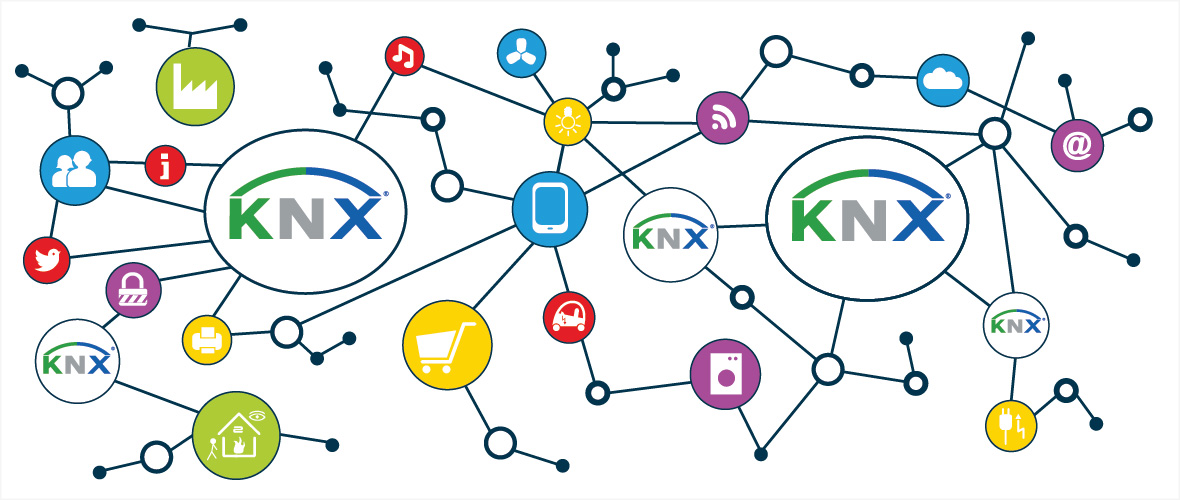KNX is an intelligent solution for networking and controlling building technology. It has been established for over 32 years and is a worldwide standard for home and building control, adopted by Standards Australia as a technical specification.
KNX is the world’s only truly open protocol endorsed by worldwide standards. KNX is not manufacturer specific. It is open protocol and all aspects are managed by the KNX Association in Brussels. KNX requires all products to undergo stringent independent testing and verification before approval and the logo application is allowed.
The topology has no limit to the size and scale of the buildings in which it can be used. It is equally well suited to large scale commercial projects as to a residential building.
Manufacturers
There are over 495 manufacturers and 8,000 approved products. Many the world’s leading electrical brands offer KNX building control and automation solutions.
Including:












You are not tied down to using one manufacturer. All certified products are interoperable, and backwards compatible. With this approach the system will never become obsolete as there is always an upgrade path to follow.
KNX is the perfect choice for a complete integrated project and provides not just lighting control but a total solution for your building control system.
Applications
KNX solutions are used across an extremely wide range of building control and automation applications across all market segments including commercial projects, industrial buildings, and residential home automation. It is highly flexible and is typical for the system to be used across many different applications within the one project.
Such applications include:
- Lighting Control
- Façade Automation – blinds, solar control, windows, natural ventilation
- HVAC
- Energy Metering and Management
- Security and Monitoring
- Audio-Visual Control and Interfacing
- Touch Screen and Visualisation Interfaces
- IP Connectivity and Remote Access
- Interfaces to many other third-party systems and protocols
KNX is extremely powerful when interfacing with other systems and protocols as there are many established gateways from numerous suppliers. These include OPC Servers, SCADA, BACnet, DALI and others. These interfaces and gateways are commonly used all over the world and have been tried and tested.
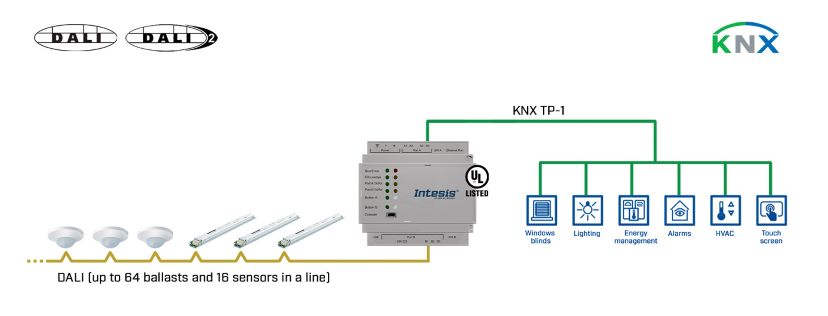
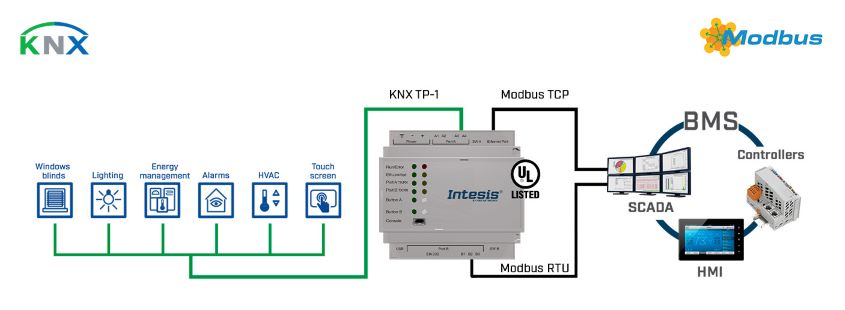
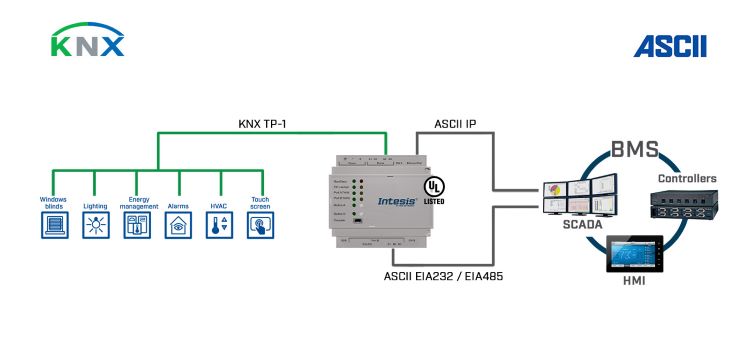
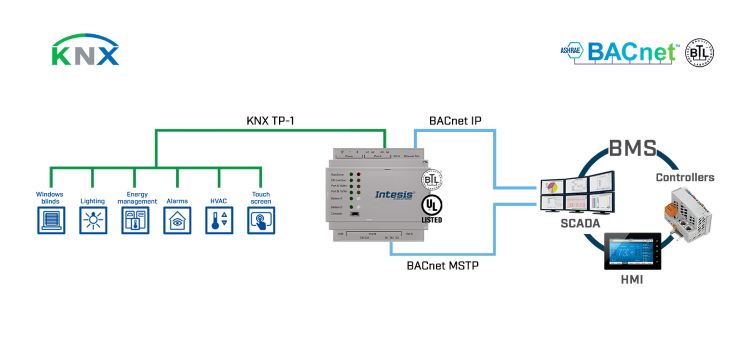
KNX Topology
The topology is arranged in lines that can be interconnected via couplers depending on the size of the network. The devices on the bus lines (sensors and actuators) are supplied with energy by a power supply (30VDC). The entire bus system can be configured with more than 50,000 bus devices.
The KNX structure is very flexible in its design: linear, tree and star wiring configurations are allowed.

A typical installation will consist of a control panel designed to house the power supplies and other DIN rail mounted devices. The control panel will be sized to suit the project. It is a modular system, the components are selected depending on the requirements of the project.
The bus cable is immune to noise and is designed to be installed along side 240V cabling. This means there is no need for additional cable support structures.
KNX installations can use several physical communication types:
- Twisted Pair (TP)
- Powerline
- Radio Frequency
- IP
Typical KNX Projects
- Office Buildings
- Hotels
- Residential Buildings
- Education
- Hospitals
- Industrial
- Stadiums
- Correctional Centres
- Defence
Benefits
- Open protocol – end client has full access
- Worldwide standard over 32 years
- Reduced site installation time
- Not tied to one specific manufacturer
- Less cabling required
- Data can be passed from one application to another
- Efficient installation, one integrator, one system
- Applications can share devices
- Increased levels of control and functionality
- Standard commissioning procedures
- Increased energy efficiency
- Flexible and fully upgradeable
- Enhanced user experience focused
- Backwards compatibility
- Reduced maintenance required
- Reduced number of devices on the wall
We are proud to be a member of the KNX community and integrator of KNX products and systems. We value the importance of open protocol and adoption of automation technical standards.
